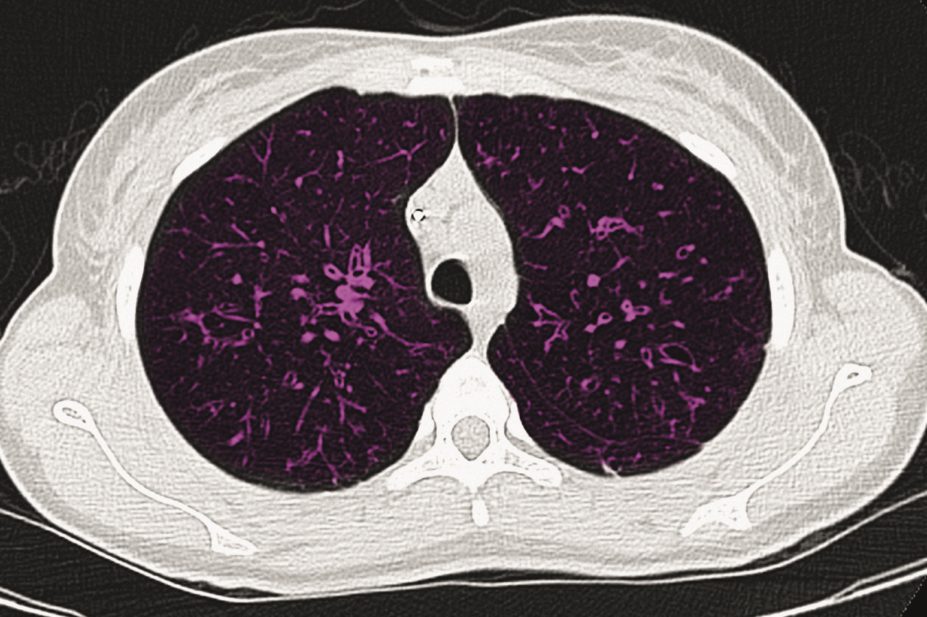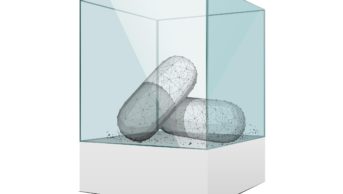
Scott Camazine / Alamy
A combination therapy of two drugs that target the most common genetic mutation responsible for cystic fibrosis (CF) has been given a licence in the United States.
Lumacaftor 200mg/ivacaftor 125mg (Orkambi) was given breakthrough designation status by the US Food and Drug Administration (FDA), which means its approval was fast-tracked in recognition of the substantial impact it could have for patients.
The approval significantly broadens the treatment options for CF patients with specific genetic defects, says the FDA.
The product — which has orphan drug status in both Europe and the United States because CF is a rare condition — is designed for patients who have the F508del mutation. The mutation causes a processing defect that drastically reduces levels of the cystic fibrosis transmembrane conductance regulator (CFTR) protein, an anion channel that manages the movement of salt and water into and out of cells. Having two copies of this mutation — one inherited from each parent — is the leading cause of CF and accounts for almost half of all patients with the disease.
The decision to approve the drug combination for patients aged 12 and older follows the results of two double-blind and placebo-controlled clinical trials of 1,108 patients who had the specific mutation. Lung function was improved in patients who took the drug compared with those who were given placebo.
The drug is manufactured by Vertex Pharmaceuticals, which describes its approval as a “fundamental change” in the treatment of CF. The company promised that Orkambi would be available in the United States within days of the FDA announcement on 2 July 2015.


